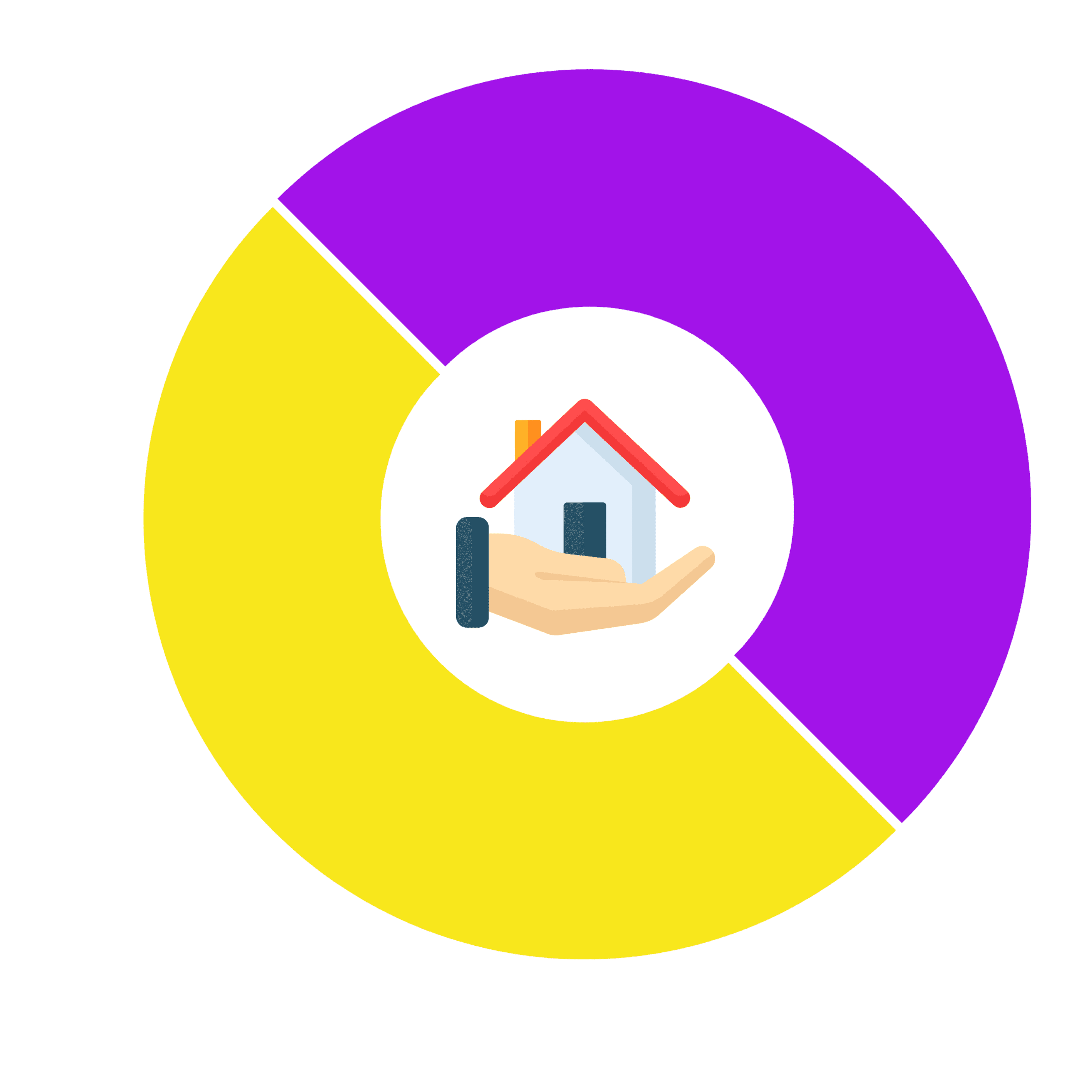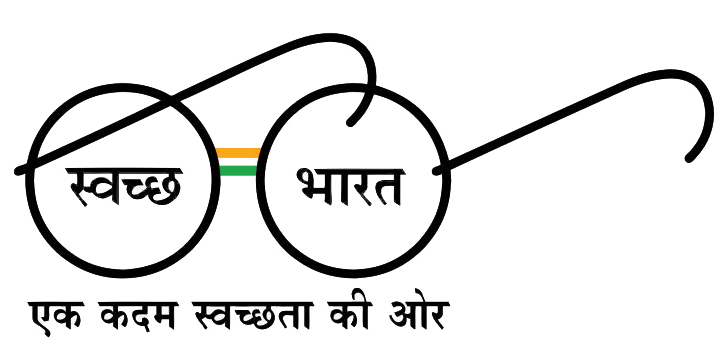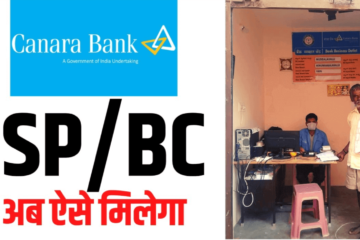In this article, we will be discussing the indirect tools, LAF (liquidity adjustment facility), repo rate and reverse repo rate in the Indian banking sector, so let’s without wasting time,
Indirect tools, in the direct tools, what used to happen, you are guaranteed that when you are reducing the CRR the bank will have to reduce when you are increasing the CRR the bank will have to increase, so it is guaranteed but in the indirect tools, bank of india kioskwhat happens you are employing other different types of facilities so that the bank is encouraged to increase the money supply or decrease the money supply and the first indirect tool that we have it is the liquidity adjustment facility or the LAF,
So let’s take a closer look at the LAF, so what happens in the liquidity adjustment facility we have two important things the repo rate reverse repo rate in the repo rate, what happens it is the kind of operation by which the banks will be taking short term loan from RBI (Reserve Bank of India), Now how does this actually work, the banks which actually need money they approach RBI,
so let’s assume that SBI (State Bank of India) is actually approaching the Reserve Bank of India now SBI has bonds and these are SLR eligible bonds, so these types of bonds is SBI has, and they want the cash from RBI, so what the SBI will do, they are going to give these bonds to the Reserve Bank of India while the RBI is going to give this money to SBI, now this repo operation it is also called repurchase operation,
why it is called the repurchase agreement, because at the end of the term of this loan SBI is going to buy back this bond that they had actually given to RBI and RBI is going to get money back from SBI and SBI and at the end of the tenure is going to pay that extra amount, so right now the repo rate it is actually 4%
so this means that if 100 rupees is given by RBI to SBI then at the end of the tenure that 100 rupees after addition of 4% & it becomes, 104 rupees has to be returned to the RBI and RBI is going to give SBI back the bonds, so this is how the operation works and the reverse repo is just the opposite operation, so in the reverse repo the bonds are with RBI and the cashes with SBI,
so SBI deposit their cash with RBI and the bonds are actually transferred to SBI, and at the end of the tenure RBI will pay back the money and also with some interest and the bonds will go back to the Reserve Bank of India, so that is how it actually works,
Let’s see the key features of the liquidity adjustment facility, so in the LAF facility as I told you the repo operation is going to inject the liquidity, so you can understand why this happens because when you are giving the money to the bank from the RBI this means that you are increasing the money supply in the economy
so this is what injection of liquidity means you are increasing the boicsp money supply you are increasing the liquidity, so that is the repo rate and also the reverse repo is used to absorb the liquidity, so this means that in the reverse repo operation the money that is in the economy it is taken by the RBI so the money supply decreases and the liquidity also decreases, that is used to absorb the liquidity,
also read:-Bank Mitra CSP Registration In 2024
What is repo rate under LAF?
The Liquidity Adjustment Facility (LAF) is an important part of the Reserve Bank of India’s monetary policy. It is designed to improve the overall liquidity in the banking system. In turn, it helps to meet the basic monetary market stability requirements. The facility was introduced as a part of the Narasimha Committee on Banking Sector Reforms in 1998. Initially,
it was a temporary measure to increase the liquidity in the banking system. However, it was later adopted as a permanent tool to improve monetary stability. The facility consists of two parts, a repo rate and a margin standing facility rate. While the repo rate is a standard lending rate, the MSF is a penal rate for overnight borrowings. The repo rate, as the name suggests, is the lowest interest rate at which funds can be borrowed. However, the MSF is a rate that is usually higher than the repo rate.
The facility provides a higher liquidity cushion than the standard lending rate. This allows for more borrowings, and also enables the Reserve Bank of India to take on more complex monetary situations, such as inflation.
What is LAF in banking?
Liquidity Adjustment Facility (LAF) is an important monetary policy tool used by the Reserve Bank of India (RBI) to regulate liquidity in the banking system. It helps the bank to meet its cash needs, while also ensuring economic stability. The LAF is an effective tool that has been used to tackle temporary liquidity mismatches and economic instability.
There are two main operations of the LAF, namely the repo operation and the reverse repo operation. Repo operation involves banks borrowing money from the RBI through repurchase agreements. On the other hand, reverse repo involves absorption of liquidity by the bank from the system. To control the liquidity in the banking system, the government has introduced the Liquidity Adjustment Facility.
This facility enables the banks to use funds to ease short-term requirements, while at the same time keeping a check on the fluctuations in the overnight call money rate. In the past, the liquidity adjustment facility was designed in such a way that it had a narrow corridor.
However, the corridor has become more flexible in recent times. A floating LAF allows the central bank to better deal with circumstances like recession, inflation, and other temporary liquidity mismatches.
read more:-Different Provisions To Settle NPAs
Which of these are indirect tools of RBI?
A central bank like the Reserve Bank of India (RBI) uses several qualitative and quantitative instruments to control credit flow into the market. The most important of these tools is the repo rate. This is the rate at which commercial banks receive short-term loans from the Central Bank.
Another important monetary policy instrument is the standing deposit facility. In this scheme, the RBI accepts uncollateralized deposits from all participants in the LAF. It was introduced in June 2000. It has an interest rate of 3.75%. Several other monetary policy instruments are in use, including the reverse repo rate and the open market operation.
These are designed to absorb liquidity. The MSF (Market Stabilisation Scheme) is another tool in the hands of the central bank. It is a monetary supervision tool which allows the central bank to withdraw excess money supply from the economy. Similarly, the repo rate is the interest rate at which the Central Bank lends money to commercial banks. Although not as powerful as the SDF, the repo rate is still a useful tool.
What is reverse repo rate in India?
Repo rate is a measure of central bank’s monetary policy. It is used to control the inflationary pressures. Besides, it is also a tool for controlling the short-term liquidity in the economy. The higher the repo rate, the less funds the banks can lend to the public. One of the monetary policies of the Reserve Bank of India is the reverse repo rate.
This is the interest rate charged on short-term money to Indian banks. Usually, it is a fixed rate, but it can change periodically. A low repo rate means that the banks receive the funds from the central bank at a relatively low cost. The lower the cost of the funds, the lower the interest rates on loans. In addition to the repo rate, the other measure of monetary policy of the Reserve Bank of India is the Cash Reserve Ratio (CRR).
It is the minimum percentage of commercial bank deposits that are held in cash. The reverse repo rate is always lower than the repo rate. This is because the reverse repo rate is intended to maintain the liquidity of the banking system.
read more:-Different Provisions To Settle NPAs
What is the meaning of LAF?
Using indirect and direct instruments, the Reserve Bank of India plays a crucial role in managing liquidity in the Indian economy. Some of the tools include the reverse repo and open market operations.
These are not limited to the Reserve Bank but can also include government and non-government institutions like the commercial banks. The main reason for the need for indirect instruments is the fact that the Central Bank has a mandate to control the rate of inflation in the country. To achieve this, it must provide the money necessary to fuel the economy.
So, the reverse repo scheme, accompanied by other liquidity management techniques, is the primary way in which the bank can achieve its mandate. Liquidity is a big deal in the financial industry. Hence, the Reserve Bank of India is on a constant watch for any potential liquidity shortages. In order to keep the system in check, the Reserve Bank has introduced the various instruments and schemes that can help banks and the wider economy to regain their footing in the wake of a downturn.
Why was LAF introduced in India?
Liquidity Adjustment Facility (LAF) is a monetary policy tool used by the Reserve Bank of India (RBI). The tool helps maintain liquidity in the banking system and regulates money market interest rates. LAF was introduced in India in 1998, as part of the Narasimha Committee Report on Banking Reforms.
It has since helped banks deal with temporary liquidity mismatches and short-term cash shortages. Since its inception, LAF has played an important role in maintaining price stability in India. A floating LAF has given the central bank the autonomy it needs to tackle situations like inflation. LAF is the primary tool of monetary policy in India. Using repo operations, it helps the banking system meet its daily cash requirements. LAF also provides the banking system with a corridor for overnight call money rate fluctuation.
It ensures a stable, liquid and healthy banking system that can easily handle sudden liquidity mismatches. While liquidity adjustment facilities are available to all scheduled commercial banks, the Regional Rural Banks and Primary Dealers with Mumbai accounts are not eligible. They can borrow from the RBI through repurchase agreements.
also read:-Easiest Explanation About RBI Monetary Policy In The Indian Banking Sector.
Who can use LAF?
The Liquidity Adjustment Facility (LAF) is a monetary policy tool used by the Reserve Bank of India to manage liquidity in the banking system. It is a two-operation facility that enables banks to meet their liquidity requirements in a short time.
The LAF is implemented on a day-to-day basis and is intended to help the banking system cope with the demands of a volatile liquidity environment. This monetary policy tool is designed to support economic growth and help ensure monetary stability. It consists of two operations, repo, and reverse repo, which are executed on behalf of the RBI. In repo operations, eligible securities are used as collateral to ensure stable liquidity.
During reverse repo, banks deposit excess cash with the RBI. The LAF is a vital monetary policy tool to help the banking system handle day-to-day liquidity requirements. Using the facility, banks can borrow up to 0.5 percent of their total NDTLI. The purpose of the facility is to provide a corridor for the overnight call money rate fluctuation and to contain short-term interest rate volatility. Currently, the LAF corridor width is 25 basis points.
Who is eligible under LAF?
The liquidity adjustment facility (LAF) is the Reserve Bank of India’s way of injecting liquidity into the banking system. LAF is a monetary policy tool used to help the central bank to maintain the balance of money in the economy and manage inflation. It allows banks to access a range of liquidity facilities like reverse repo and reverse money market.
As the name suggests, the LAF enables banks to borrow funds from the central bank in exchange for a promise to return the money to them at a pre-decided rate. Daily, LAF helps banks meet their liquid cash requirements. Liquidity adjustment facilities are the smartest ways to improve the financial stability of a banking system. These are also effective in alleviating short-term liquidity deficits. In fact, the LAF is a great monetary policy tool for the central bank. This is especially true in times of crisis, when the banking system becomes a net borrower from the central bank.
What does LAF mean in banking?
LAF stands for Liquidity Adjustment Facility in banking. It is a monetary policy tool used by the central bank (such as the Reserve Bank of India) to regulate the supply of money in the economy. The LAF operates as a lending and borrowing facility, where commercial banks can borrow money from the central bank or deposit excess funds overnight in return for interest.
Through LAF, the central bank can influence the cost and availability of funds in the banking system and control short-term interest rates. For example, if the central bank wants to tighten monetary policy and reduce the supply of money in the economy, it will raise the interest rate on LAF borrowing. This will make it more expensive for commercial banks to borrow money and encourage them to reduce their lending, thereby reducing the overall supply of money in the economy.
LAF is one of the key monetary policy tools used by the central bank to maintain financial stability and promote economic growth. By using LAF, the central bank can manage the liquidity position of commercial banks and regulate the overall supply of money in the economy.
What is LAF and MSF in banking?
LAF and MSF are two monetary policy tools used by the central bank to regulate the supply of money in the economy and maintain financial stability.
- LAF (Liquidity Adjustment Facility): LAF is a lending and borrowing facility that allows commercial banks to borrow money from the central bank or deposit excess funds overnight in return for interest. The central bank uses LAF to influence the cost and availability of funds in the banking system and control short-term interest rates.
- MSF (Marginal Standing Facility): MSF is a lending facility provided by the central bank to commercial banks in case of an acute shortage of liquidity. MSF allows commercial banks to borrow money from the central bank at a higher interest rate than the LAF rate. This serves as a last resort for commercial banks in case of an urgent need for funds.
What is LAF by RBI?
LAF (Liquidity Adjustment Facility) by RBI refers to the lending and borrowing facility provided by the Reserve Bank of India (RBI), the central bank of India, to commercial banks to regulate the supply of money in the economy and maintain financial stability.
Under LAF, commercial banks can borrow money from the RBI or deposit excess funds overnight in return for interest. The RBI uses LAF to influence the cost and availability of funds in the banking system and control short-term interest rates. The interest rate charged by the RBI for LAF borrowing is known as the repo rate.
The LAF operates as a flexible and adjustable monetary policy tool, allowing the RBI to manage the liquidity position of commercial banks and regulate the supply of money in the economy. By using LAF, the RBI can influence the cost of borrowing for commercial banks and promote financial stability and economic growth.
also read:-How To Apply For SBI CSP In 2024
What is SLR and LAF?
SLR (Single Lens Reflex) is a type of camera that uses a mirror and prism system to reflect light from the lens to the viewfinder, allowing the photographer to preview and frame the shot before capturing the image.
LAF (Lens Align Focus) is a technique used to check and adjust the focus of a camera lens. This method involves aligning a target, usually a specialized ruler or chart, in front of the camera and lens and taking a photo, then checking the focus of the image to ensure that it is accurate and properly calibrated.
What is the minimum LAF?
There is no set minimum value for LAF as it can vary depending on the camera and lens being used. The goal of LAF is to achieve the best possible focus accuracy, so the “minimum” would be the point at which the lens is producing the sharpest, most in-focus images. This value can be determined through a process of testing and adjusting, which involves taking photos of a target at various focus distances and evaluating the results to determine the optimal setting for the lens.
The Liquidity Adjustment Facility is a monetary policy tool that has helped the central bank to gain control over the transmission of monetary stimulus to the banking system. Among other things, the LAF has allowed the central bank to manage the short-term liquidity deficits of the banking sector.
So, as I have discussed the indirect tools, LAF (liquidity adjustment facility), repo rate and reverse repo rate so I hope you found this article very informative for yourself. Thank you.
ध्यान दें :- ऐसे ही सरकारी योजनाओं BANKING RELATED जानकारी हम आपतक सबसे पहले अपने इस Website के माधयम से पहुँचआते रहेंगे paypointbc.in, तो आप हमारे Website को फॉलो करना ना भूलें ।
Note:-ऑफलाइन आवेदन के लिए आप अपने नजदीकी बैंक शाखा से संपर्क कर सकते हैं, आप जिस बैंक की मिनी ब्रांच खोलना चाहते है उस बैंक में जाए और मैनेजर से बात करे।
अगर आपको यह आर्टिकल पसंद आया है तो इसे Share जरूर करें ।
इस आर्टिकल को अंत तक पढ़ने के लिए धन्यवाद,,,
नीचे दिए गए सोशल मीडिया के आइकॉन पर क्लिक करके आप हमारे साथ जुड़ सकते हैं जिससे आने वाली नई योजना की जानकारी आप तक पहुंच सके|
APPLY FOR ALL BANK CSP :- BOOK NOW






